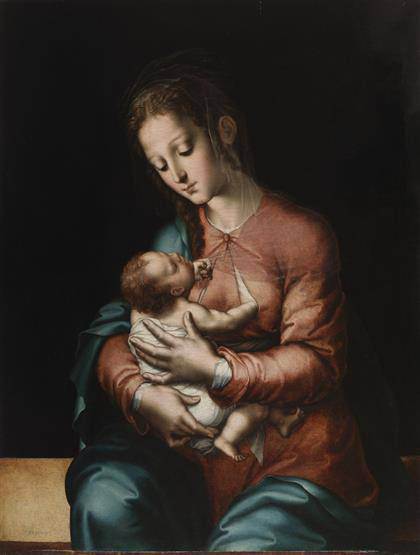
Ai Weiwei in his studio in Caochangdi, Beijing, taken in April 2015.

Ai Weiwei: Coloured Vases, 2015
Ai Weiwei exhibition at Royal Academy of Arts, London The Royal Academy of Arts, London, present a landmark exhibition of the Honorary Royal Academician, Ai Weiwei. 19 September – 13 December 2015.]]>
Source: Royal Academy of Arts, London
Although Ai is one of China’s leading contemporary artists, his work has not been seen extensively in Britain and the Royal Academy presents the first major institutional survey of his artistic output. The exhibition includes significant works from 1993 onwards, the date that marks Ai Weiwei’s return to China following more than a decade living in New York. Ai Weiwei has created new, site-specific installations and interventions throughout the Royal Academy’s spaces.
On his return to China in 1993, Ai began to work in a direction that was both embedded in Chinese culture and reflected the exposure he had had to Western art during his twelve year sojourn in the US. Citing Duchamp as ‘the most, if not the only, influential figure’ in his art practice, Ai continues to engage with creative tensions between complex art histories, conceiving works with multiple readings in the process. To this end he employs traditional materials and interventions with historic objects throughout his work from Neolithic vases (5000-3000 BCE) to Qing dynasty (1644-1911) architectural components and furniture. By creating new objects from old, Ai challenges conventions of value and authenticity in modern-day China. These artworks include “Table and Pillar”, 2002, from his Furniture series, and “Coloured Vases”, 2015.
Ai works in a variety of different contexts, scales and media. He transforms materials to convey his ideas, whether in wood, porcelain, marble or jade, testing the skills of the craftsmen working to his brief in the process. Some pieces take months to create and pass through lengthy periods of experimentation, pushing the boundaries of the formal qualities of a material. Sculptures such as “Surveillance Camera”, 2010 and “Video Camera”, 2010, both masterpieces in craftsmanship, monumentalise the technology used to monitor, simultaneously rendering it useless and absurd. A new artwork, “Remains”, 2015, is also included in the exhibition. Fabricated in porcelain, the work replicates in meticulous detail a group of bones that were recently excavated at a site of a labour camp that operated under Chairman Mao in the 1950s.
Related content
Ai Weiwei: Art / Architecture at the Kunsthaus Bregenz (exhibition, 2011)
Follow us on:


